
Hatha Yoga is the connection or union or yoking (as a horse yokes to its cart) of the mind with the breath, body, soul and spirit and moves energy around the body, clearing any blockages therefore bringing the body back into balance (homeostasis). ‘Ha represents the esoteric sun (masculine energy – heat and light), and ‘tha’ the moon (feminine energy – coolness and calmness) and Hatha yoga also aims to balance these two energies.
There are many aspects to Hatha yoga including:
- Asanas (postures).
- Pranayama (breathing techniques) – the breath is the link between conscious and unconscious and between body and mind and we can utilise the breath to breathe into tightness and work our edge and to create space and expansion in the body.
- Chanting focusing on internal sound (nada).
- Meditation.
- Mudras (hand gestures).
- Bhandas (locks, like a channel lock in a waterway which are designed to hold energy in, like creating knots on purpose to help the prana flow into new places. When the knots are held, the prana builds up. When the knots are released, the prana flows).
- Meditation using different techniques including visualisation, (using nature and the five great elements, (earth, water, fire, air and space), mantras – a word repeated to aid concentration and chakras.
- History and philosophy.
- Relaxation.

The benefits of Hatha Yoga can change how we feel not just physically but mentally, emotionally and spiritually. Embracing the source of consciousness is one of the essential purposes of yoga. Hatha Yoga is ideal for those beginning their yoga journey and who are newer to yoga or for those who want to improve and perfect their practice. Each posture will be broken down so you will learn how to get into them correctly and safely.
Yin Yoga
Yin yoga is a passive form of yoga using yoga props whilst holding postures from 3 to 5 minutes, settling into stillness and resting the body – when we are better rested, we are more resourced. The yin yoga I teach is based on Traditional Chinese Medicine (TCM), balancing the yin and yang energies in the body and also includes qi gong, moving the qi around the body, releasing any energy blockages. Whilst in the postures, students should only feel a mild discomfort and after 2 minutes, you will be asked to consciously check in with your internal body, curiously noticing how you are feeling and taking control, choosing whether to deepen your posture or ease your edge – Every moment of true attention is a moment of wonder.
Yin Yoga is suitable for both beginners and the more advanced yoga practitioner.
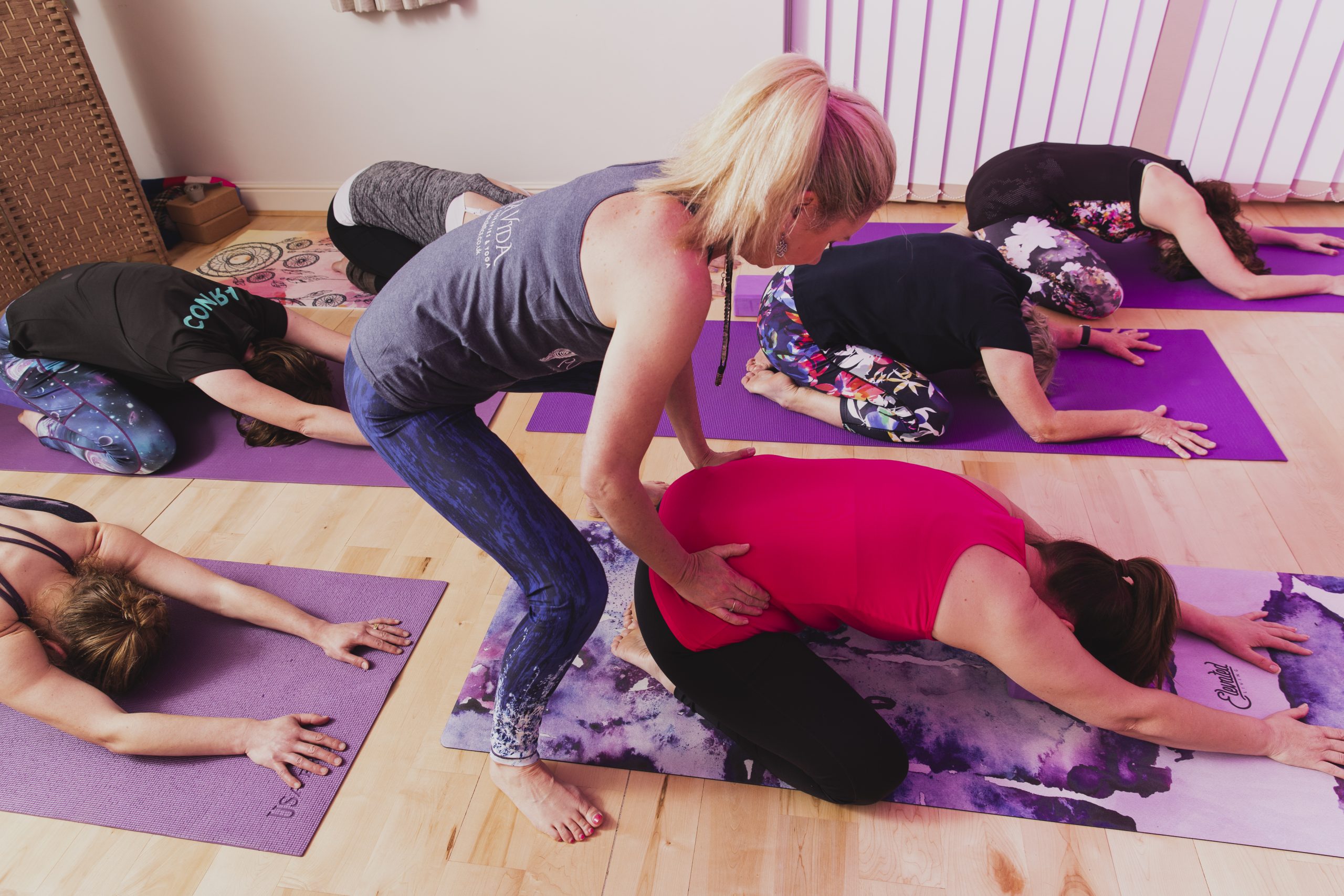
The benefits of Yin Yoga:
- improves range of motion
- improves flexibility
- decreases stress
- lubricates joints
- detoxifies
- reduces degeneration of tissues
- normalizes curvature of the spine
- increases the mobility of joints
- calms the nervous system
Restorative Yoga
As the name suggests, restorative yoga is fantastic for resting, rejuvenating, restoring and healing the body which we very rarely make time to do out of our busy schedules but restorative yoga is just as important if not more so than physical exercise so we allow the body and mind an opportunity to fully rest which is when the body balances and heals itself. Time to just be, rather than doing. Restorative yoga also opens the body through passive stretching and is the perfect time for finding stillness and spaciousness in the body and entering into a deep relaxation so it’s brilliant for reducing stress, releasing tension, aiding sleep and soothing the nervous system. Restorative yoga combines perfectly with yoga Nidra.
I will guide you into several restorative yoga postures where you will stay in each posture for between 5 and 20 minutes. Props such as bolsters, blocks, bricks, and blankets are used to ensure the body is as comfortable as possible as you shouldn’t feel any discomfort at all whilst practicing restorative yoga. Don’t worry if you don’t have any yoga props as improvisations can be used such as rolled up blankets and books.
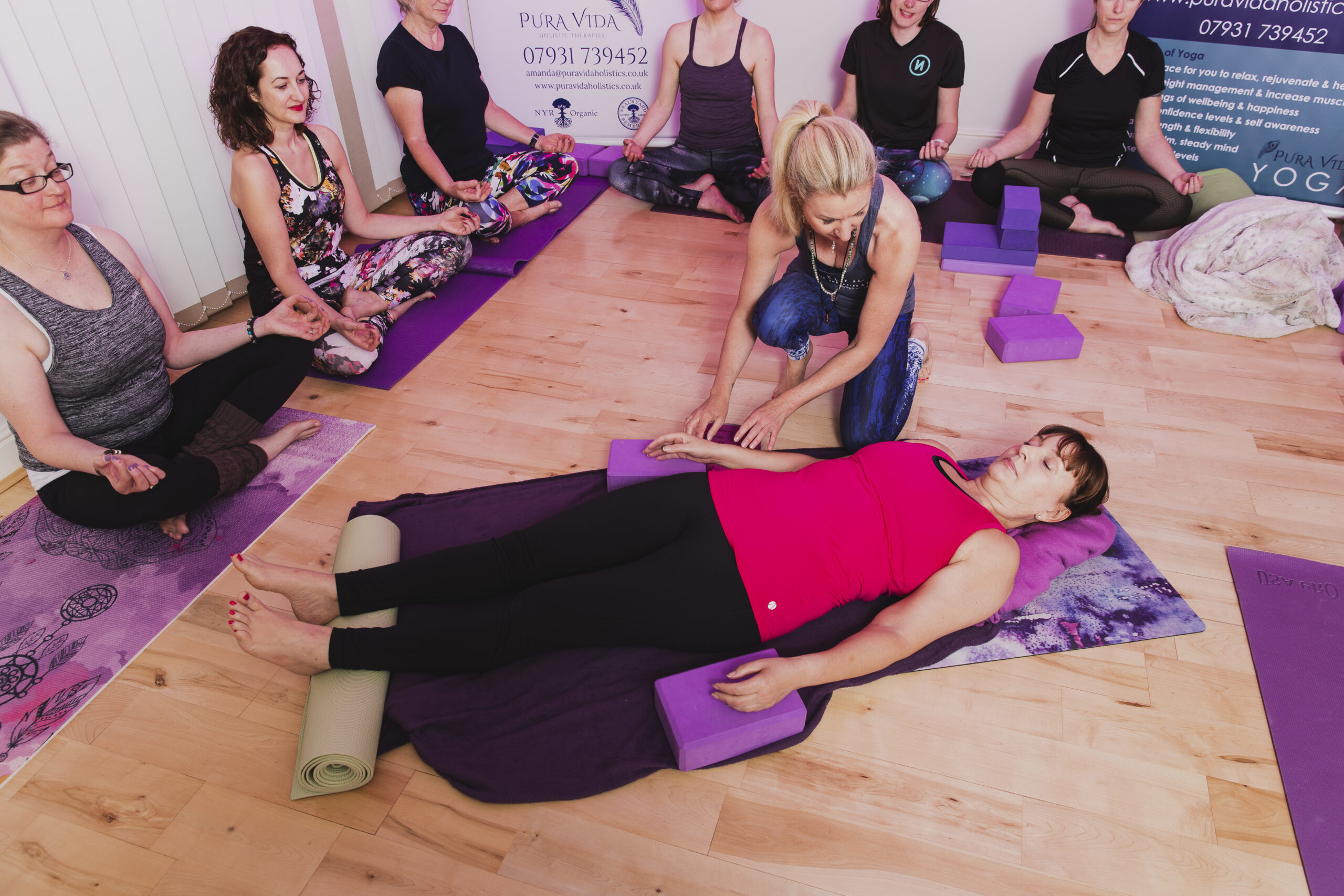
Yoga Nidra
Yoga Nidra or yogic sleep is a powerful meditation technique where the mind remains conscious during the normally “unconscious” state associated with deep sleep.
Yoga Nidra guides us to the liminal space between waking and sleep. This practice is deeply nourishing, revitalising the central nervous system, the organs and glands. At the same time, the space between waking and sleeping is a fertile place for connecting to the dream body where images, insights, visions and feelings emerge.
It is practiced in Svasana (Corpse pose) in full supine (lying position), and it is one of the most popular yoga meditation techniques, because it induces a profoundly deep state of rest which combines perfectly with restorative and yin yoga. It allows you to relax, recharge, rejuvenate and awaken higher consciousness.
Yoga Nidra is a technique that allows you to connect with your inner-essence, layer by layer known as introversion, or pratyahara in Sanskrit (ancient yogic language) connecting with your inner being and your inner wisdom. The pratyahara of Yoga Nidra induces deep relaxation.
The three stages of Yoga Nidra
Stage 1. Rest, recuperate and rejuvenate
Stage 2. Manage old patterns, undigested negative memories, emotions, and desires
Stage 3. Awaken to the experience of your deeper self and your life purpose.
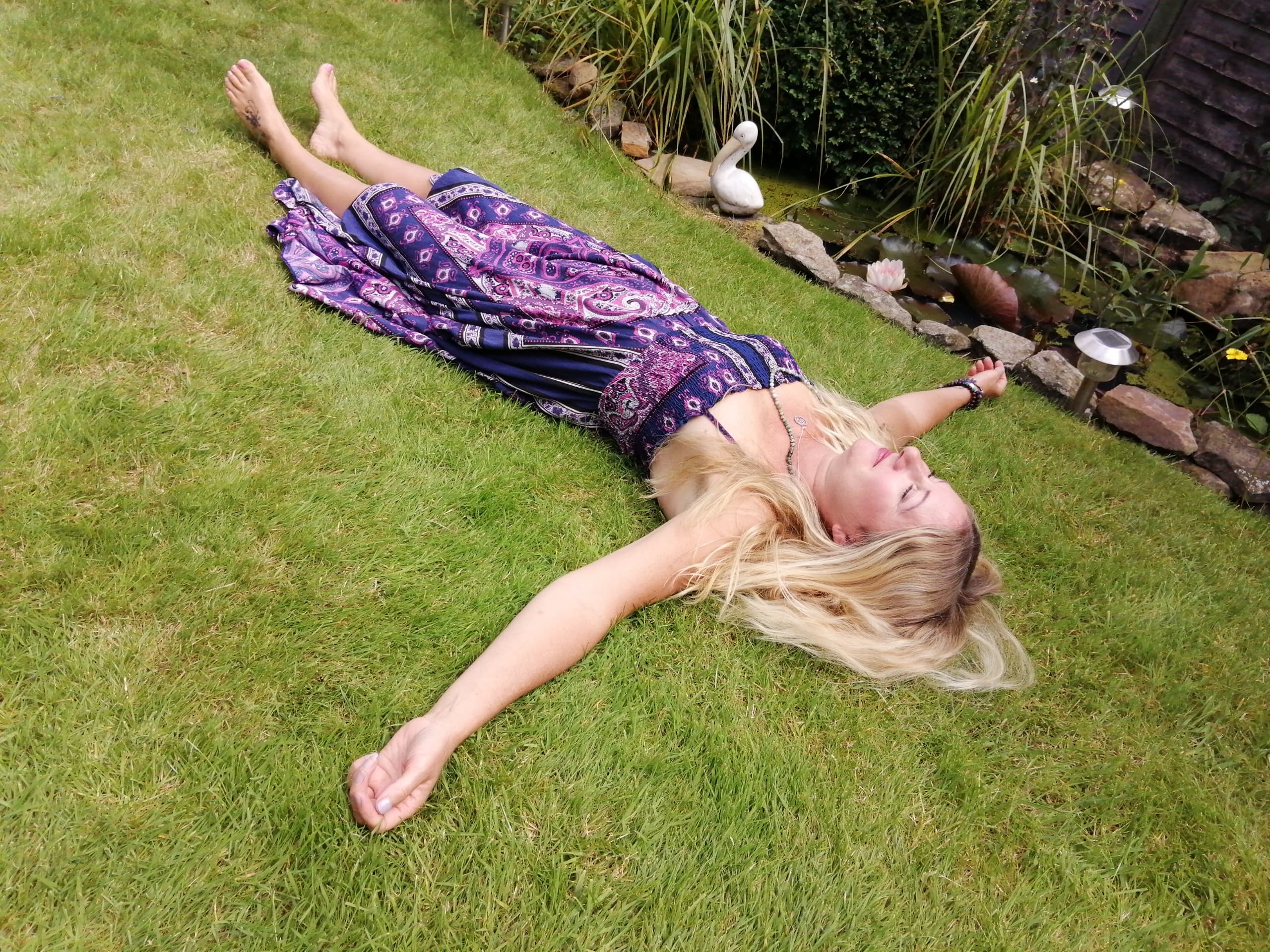
Benefits of Yoga Nidra:
- Relieves muscular, emotional and mental tension.
- Relieves stress and anxiety, relaxing the mind.
- Treats insomnia, aiding a restful night’s sleep.
- Helps in enhancing memory and increasing learning capacity.
- Increases energy levels.
- Increases optimal functioning of the endocrine system, healing endocrinal imbalances.
- Detoxifies the body.
- Improves creativity and productivity.
- Cultivates body awareness and improves senses
- Restores mind and body.
Vinyasa Flow Yoga
Vinyasa flow is a dynamic, creative style of yoga in which the asana (postures) are linked together and synchronised with a yogic breath (ujjayi). This style of yoga allows you to feel the physical power of a yoga practice. When we begin to move through a physical flow with the breath our inner energies begin to flow more freely through the body leaving us feeling energised and revitalised.
This style is rooted in Ashtanga so often includes an Ashtanga style ‘vinyasa’ to link sequences – unlike Ashtanga, you will enjoy and experience a creative mixture of postures and sequencing rather than it being set. I like to think of my classes as a well balanced, nutritious 5 course meal, and although the dishes can change based around ingredients in season, there’s a general fixed structure to the overall meal, as well as a general recipe for each potential course, so I’m not thinking about every last ingredient of every last meal during preparation but more like, oh I’m going to use pears in my salad today because they are in season right now, and I’ll maybe throw them in for dessert too.
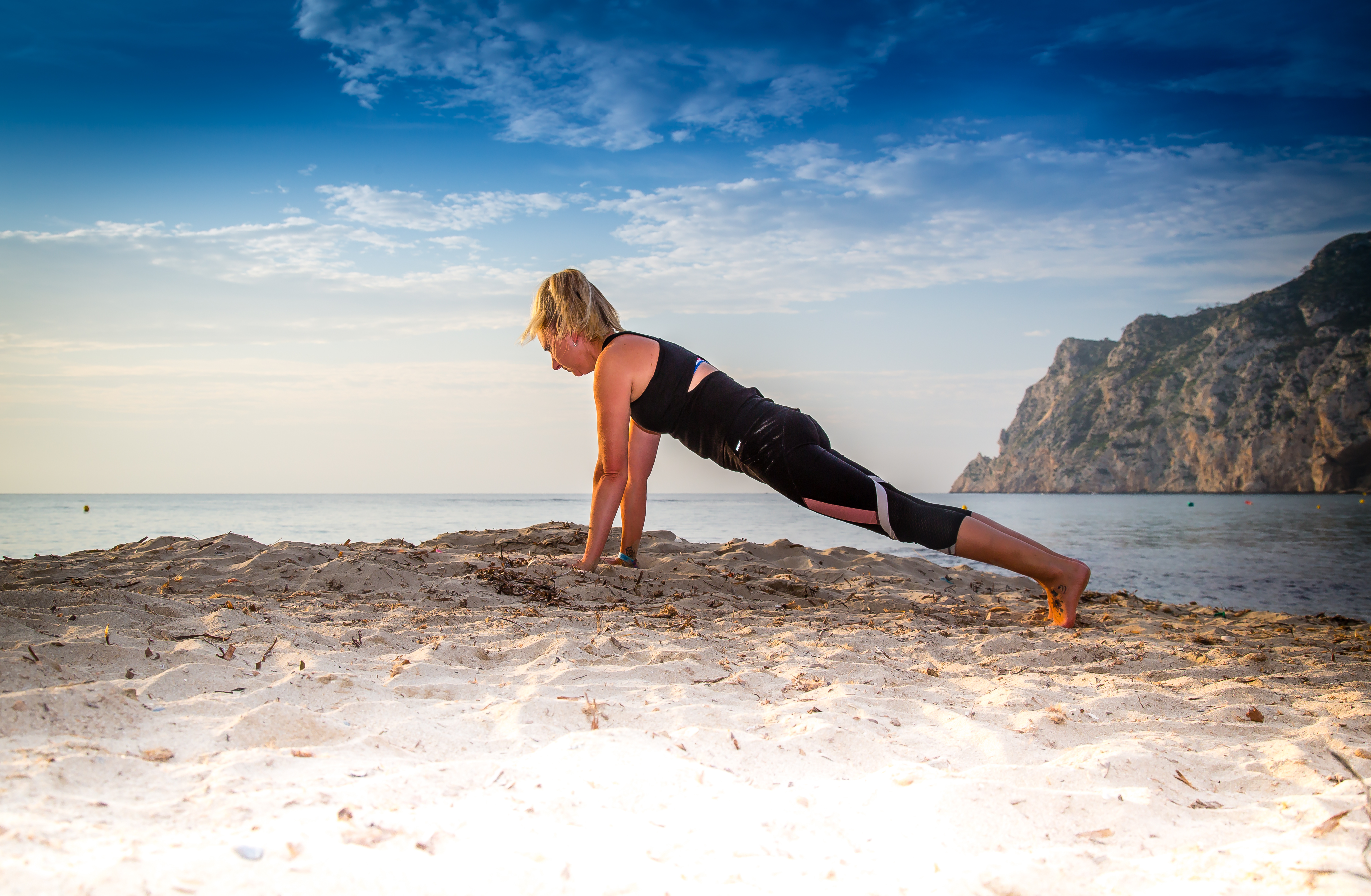
Benefits of Yoga
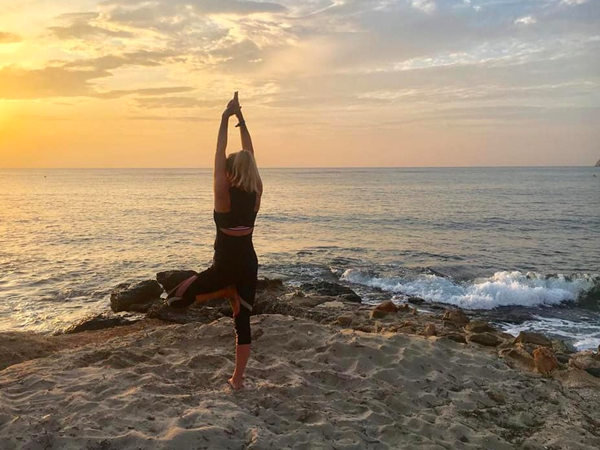
- Heal stress, anxiety and mild depression
- Aid a restful night’s sleep
- Time & space for you to relax, rejuvenate and heal
- Support weight management & increase muscle tone
- Boost feelings of wellbeing & happiness
- Connect with your inner-essence and higher self
- Increase confidence levels & self-awareness
- Increase stability, strength & flexibility
- Cultivate a calm, steady mind
- Increase energy levels and balance the body
Get in Touch
I’d love to hear from you. Contact me to make an appointment or for advice on the best treatments for you and your specific requirements. Call 07931 739452 or fill in the form below.
